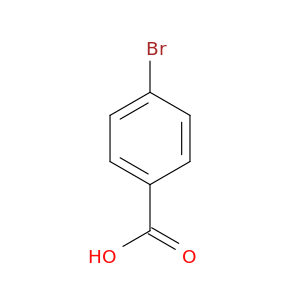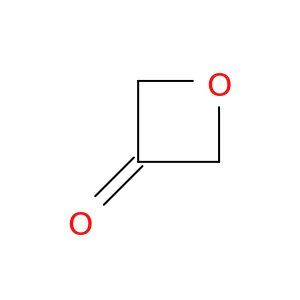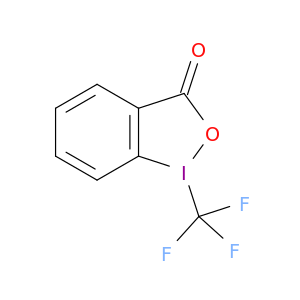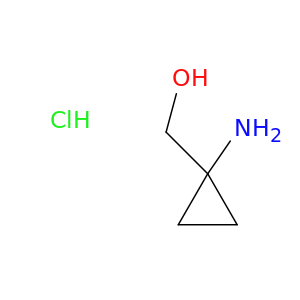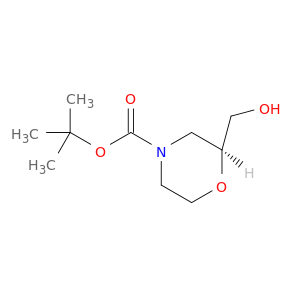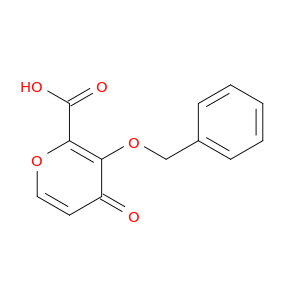200,000+ products from a single source!
sales@angenechem.com

125749-35-1 | Dibenzo[b,e][1,4]dioxin-1,2,3,4,4a,5a,6,7,8,9,9a,10a-13C12, 2,3,7,8-tetrabromo-
CAS No: 125749-35-1 Catalog No: AG000OMH MDL No:
Product Description
Catalog Number:
AG000OMH
Chemical Name:
Dibenzo[b,e][1,4]dioxin-1,2,3,4,4a,5a,6,7,8,9,9a,10a-13C12, 2,3,7,8-tetrabromo-
CAS Number:
125749-35-1
IUPAC Name:
2,3,7,8-tetrabromodibenzo-p-dioxin
InChI:
InChI=1S/C12H4Br4O2/c13-5-1-9-10(2-6(5)14)18-12-4-8(16)7(15)3-11(12)17-9/h1-4H
InChI Key:
JZLQUWSWOJPCAK-UHFFFAOYSA-N
UNII:
04PL7F455E
Properties
Complexity:
259
Compound Is Canonicalized:
Yes
Covalently-Bonded Unit Count:
1
Defined Atom Stereocenter Count:
0
Defined Bond Stereocenter Count:
0
Exact Mass:
499.69g/mol
Formal Charge:
0
Heavy Atom Count:
18
Hydrogen Bond Acceptor Count:
2
Hydrogen Bond Donor Count:
0
Isotope Atom Count:
0
Molecular Weight:
499.778g/mol
Monoisotopic Mass:
495.694g/mol
Rotatable Bond Count:
0
Topological Polar Surface Area:
18.5A^2
Undefined Atom Stereocenter Count:
0
Undefined Bond Stereocenter Count:
0
XLogP3:
6.7
Literature
| Title | Journal |
|---|---|
| Dioxin-like activity of brominated dioxins as individual compounds or mixtures in in vitro reporter gene assays with rat and mouse hepatoma cell lines. | Toxicology in vitro : an international journal published in association with BIBRA 20171001 |
| Strain differences in the proteome of dioxin-sensitive and dioxin-resistant mice treated with 2,3,7,8-tetrabromodibenzo-p-dioxin. | Archives of toxicology 20170401 |
| Liver tumor promotion by 2,3,7,8-tetrachlorodibenzo-p-dioxin is dependent on the aryl hydrocarbon receptor and TNF/IL-1 receptors. | Toxicological sciences : an official journal of the Society of Toxicology 20140701 |
| Photochemical formation of brominated dioxins and other products of concern from hydroxylated polybrominated diphenyl ethers (OH-PBDEs). | Environmental science & technology 20120807 |
| 2,3,7,8-Tetrachlorodibenzo-p-dioxin activates the aryl hydrocarbon receptor and alters sex steroid hormone secretion without affecting growth of mouse antral follicles in vitro. | Toxicology and applied pharmacology 20120515 |
| Bayesian Analysis of a Lipid-Based Physiologically Based Toxicokinetic Model for a Mixture of PCBs in Rats. | Journal of toxicology 20120101 |
| Identification of aryl hydrocarbon receptor binding targets in mouse hepatic tissue treated with 2,3,7,8-tetrachlorodibenzo-p-dioxin. | Toxicology and applied pharmacology 20111115 |
| Retention and maternal transfer of brominated dioxins in zebrafish (Danio rerio) and effects on reproduction, aryl hydrocarbon receptor-regulated genes, and ethoxyresorufin-O-deethylase (EROD) activity. | Aquatic toxicology (Amsterdam, Netherlands) 20110401 |
| In utero and lactational exposure to low doses of chlorinated and brominated dioxins induces deficits in the fear memory of male mice. | Neurotoxicology 20100801 |
| 2,3,7,8-Tetrachlorodibenzo-p-dioxin induces apoptosis in neural growth factor (NGF)-differentiated pheochromocytoma PC12 cells. | Neurotoxicology 20100601 |
| RE: 'Mortality rates among trichlorophenol workers with exposure to 2,3,7,8-tetrachlorodibenzo-p-dioxin'. | American journal of epidemiology 20100101 |
| Quantitative relationship between the octanol/water partition coefficient and the diffusion limitation of the exchange between adipose and blood. | BMC clinical pharmacology 20100101 |
| Mortality rates among trichlorophenol workers with exposure to 2,3,7,8-tetrachlorodibenzo-p-dioxin. | American journal of epidemiology 20090815 |
| Differential induction of cytochrome P450 1A1 and 1B1 mRNA in primary cultured bovine hepatocytes treated with TCDD, PBDD/Fs and feed ingredients. | Toxicology letters 20090328 |
| Comparison of immunotoxicity among tetrachloro-, pentachloro-, tetrabromo- and pentabromo-dibenzo-p-dioxins in mice. | Toxicology 20090204 |
| Aryl hydrocarbon receptor-mediated down-regulation of sox9b causes jaw malformation in zebrafish embryos. | Molecular pharmacology 20081201 |
| A technical mixture of 2,2',4,4'-tetrabromo diphenyl ether (BDE47) and brominated furans triggers aryl hydrocarbon receptor (AhR) mediated gene expression and toxicity. | Chemosphere 20080901 |
| Occurrence of two different types of glutathione S-transferase placental form-positive hepatocytes after a single administration of 2,3,7,8-tetrabromodibenzo-p-dioxin in rats. | Industrial health 20080701 |
| Styrene trimer may increase thyroid hormone levels via down-regulation of the aryl hydrocarbon receptor (AhR) target gene UDP-glucuronosyltransferase. | Environmental health perspectives 20080601 |
| Determination of brominated flame retardants and brominated dioxins in fish collected from three regions of Japan. | Molecular nutrition & food research 20080201 |
| Effects of brominated flame retardants and brominated dioxins on steroidogenesis in H295R human adrenocortical carcinoma cell line. | Environmental toxicology and chemistry 20070401 |
| Dose- and time-dependent effects of 2,3,7,8-tetrabromodibenzo-p-dioxin on rat liver. | The Journal of toxicological sciences 20070201 |
| Heterogeneity of human adipose blood flow. | BMC clinical pharmacology 20070101 |
| Novel compound 2-methyl-2H-pyrazole-3-carboxylic acid (2-methyl-4-o-tolylazo-phenyl)-amide (CH-223191) prevents 2,3,7,8-TCDD-induced toxicity by antagonizing the aryl hydrocarbon receptor. | Molecular pharmacology 20060601 |
| Systemic and myelotoxic effects of single administration of 2,3,7,8-tetrabromodibenzo-p-dioxin in rats. | Environmental health and preventive medicine 20060501 |
| Validation of Haber's Rule (dose x time = constant) in rats and mice for monochloroacetic acid and 2,3,7,8-tetrachlorodibenzo-p-dioxin under conditions of kinetic steady state. | Toxicology 20051105 |
| Four-way data coupled to parallel factor model applied to environmental analysis: determination of 2,3,7,8-tetrachloro-dibenzo-para-dioxin in highly contaminated waters by solid-liquid extraction laser-excited time-resolved Shpol'skii spectroscopy. | Analytical chemistry 20050415 |
| Photodegradation of tetra- and hexachlorodibenzo-p-dioxins. | Journal of hazardous materials 20050411 |
| A carbohydrate fraction, AIP1, from Artemisia iwayomogi down-regulates Fas gene expression and suppresses apoptotic death of the thymocytes induced by 2,3,7,8-tectrachlorodibenzo-p-dioxin. | Biotechnology letters 20050201 |
| Analysis of Ah receptor pathway activation by brominated flame retardants. | Chemosphere 20040601 |
| Suppression by p38 MAP kinase inhibitors (pyridinyl imidazole compounds) of Ah receptor target gene activation by 2,3,7,8-tetrachlorodibenzo-p-dioxin and the possible mechanism. | The Journal of biological chemistry 20040130 |
| Brominated dioxin-like compounds: in vitro assessment in comparison to classical dioxin-like compounds and other polyaromatic compounds. | Environment international 20030901 |
| Short- and long-term morbidity and mortality in the population exposed to dioxin after the 'Seveso accident'. | Industrial health 20030701 |
Related Products
Featured Products
© 2019 Angene International Limited. All rights Reserved.


